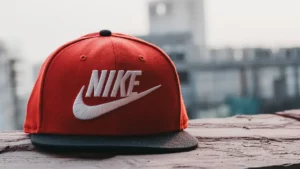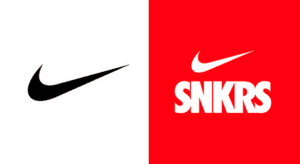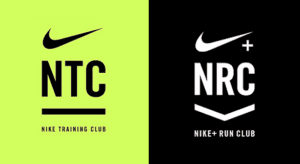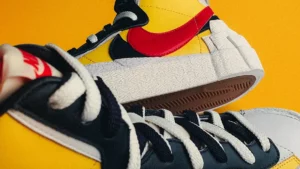Resources
How the Nike Ecosystem Generates Value


Did you know Nike’s digital sector accounts for 27% of its overall sales, almost triple what they started out with in 2019?
When you put it into figures, it comes out looking a little bit like magic.
It’s not magic: it’s a good app ecosystem that keeps delivering value to its customers, and therefore, keeps them pretty interested in the brand itself. As a brand, Nike’s offerings tend to be on the more expensive side, especially now that a lot of consumers are cutting back on unnecessary expenses, but it doesn’t seem to have slowed down any of Nike’s growth.

There’s a few reasons for that, and it’s all to do with the way Nike creates a world within their apps.
-
Apps working together
Nike has more than one app available: it has the original Nike mobile store app, the SNKRS app, the Nike Training Club, and the Nike Running Club. Four separate apps that fulfil four separate functions can already be considered excessive, however Nike interweaves the way the apps work together.

All of the apps can be used in a way that strengthens and bolsters the way the other apps function. For example, sneaker fanatics who download the SNRKS app can benefit from also using the Nike flagship store app, since it might be a little easier to track down a particular product. Nike Training Club and Nike Running Club can sync and work well with each other, creating a fuller experience for the user, and a better idea of how to create, and keep, a workout routine going.
2. Something for everyone.
It’s tempting to try and put all of your offerings into one super-app, and while there’s definitely a use for it, Nike has a really good idea of who its audience is, and what its primary offerings are. If all you want is access to their proprietary training programs, trying to sell you on the SNKRS app or the mobile store app is pointless: not only will it clutter up the app, it’ll also make it difficult for those consumers to find what they’re looking for or justify keeping it on their phone if they have to dig through content they don’t find interesting in order to get to the content that they do find interesting.
3. In-store? Online? Both.
Setting up a shopping experience on an app is a great idea: it’s fast, it’s convenient, and it’s likely to result in a higher rate of purchase than in-store shopping – but that doesn’t mean that in-store shopping should be neglected, and Nike understands this very well.
When you shop in-store, the Nike app still fulfils an important role: it works to see product information, pick items out to try on, and find discount codes to use. That alone is worth its weight in gold, given that Nike’s prices could put themselves out of the range of a significant amount of consumers, but the possibility to grab a bargain will keep customers coming back to the Nike app ecosystems.
4. Clever use of data.
With four apps, there’s a lot of customer data for Nike to work through – and a lot of data that it can potentially use, most of which supplies Nike with a deep insight into the kind of things that their clients want to see. With that insight comes the ability to connect with your consumers, which has become an increasingly difficult task for brands to achieve easily.
Fans of the Nike brand can opt in for information on the latest product drops through the app, all of which will then feed back into Nike and help the company decide where next to branch out to.
5. Shift into prioritizing the app and digital sectors.

At the time when most of its stores were shut for the COVID-19 pandemic, Nike launched a plan to create a digital sector that could withstand any other similar issues that could crop up in the future. That was the first step towards investing in apps and its digital segment, and now that the digital sector has come up to almost 30% of its overall sales, that innovation hasn’t slowed down.
Apps are an excellent tool for businesses but they require constant innovation and updates. Technology moves so fast that we’re only ever scratching the surface of what’s possible, so to make an extraordinary thing happen, we need to be on the lookout for where to innovate next.
And innovation doesn’t appear overnight. It takes time, testing, and re-testing – but it’s something that can drive your business forward, the same way Nike apps have done for Nike.
If you have an app in mind, or a business you think would be better serviced with an app, send us a message: we’re always looking for interesting projects to work on.
